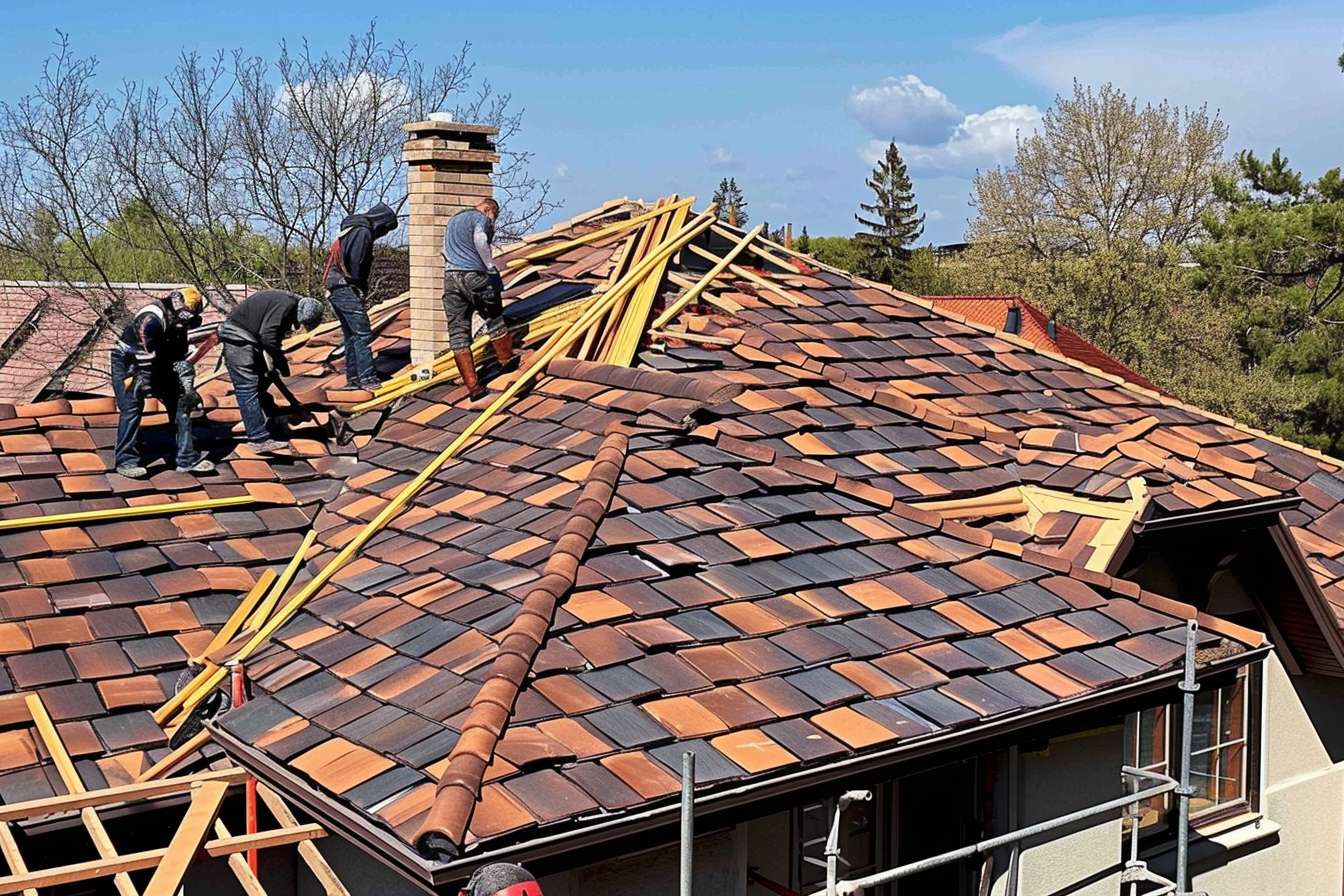Roofing Grants for Homeowners: Options and Eligibility
Roofing grants are funds provided by government programs, nonprofits, utilities, or local agencies to help homeowners pay for roof repairs or replacements. These grants may target low-income households, older adults, veterans, disaster-affected properties, or energy-efficiency upgrades. Unlike loans, grants typically do not require repayment, but they often have eligibility rules, application requirements, and limited availability. Understanding the types of grants, documentation needed, and where to search can help you determine whether relief is available for your roof needs and how to approach applying responsibly.

What are roof grants and how do they differ from loans?
Roof grants are financial awards intended to cover part or all of a roofing project without repayment. They differ from loans or financing options, which must be paid back with interest. Grants can be targeted — for example, disaster relief grants after storms, or energy-efficiency grants tied to insulation and roofing materials — or they can be income-based assistance designed to address health and safety issues. Many grants cover only a portion of total costs and may require homeowners to contribute labor or meet other program conditions.
Who qualifies for roof repair grants?
Eligibility varies widely by program. Typical qualifying factors include household income thresholds, age (senior-focused programs), disability status, veteran status, or ownership of the property. Some grants prioritize houses with urgent safety issues, leaking roofs, or those at risk of further structural damage. Programs tied to disaster recovery or public housing have their own rules. Proof of ownership, income documentation, and photos or contractor estimates are commonly requested. Each program sets its own criteria, so review guidelines carefully before applying.
How can grants affect your home maintenance and budget?
Receiving a roofing grant can reduce out-of-pocket costs and allow homeowners to address urgent roof repair needs that protect the rest of the house from water damage, mold, and other secondary issues. Grants may also enable upgrades that increase energy efficiency and extend roof lifespan. However, grants are often limited and might not cover full replacement costs, so homeowners should prepare for potential co-payments or phased work. Keep records of any grant-funded work, as future property transfers or inspections may require disclosure of funded repairs.
What steps are involved in applying for house roofing grants?
Start by identifying programs that match your situation, then gather required documents: proof of ownership, income statements, ID, photos of the roof condition, and contractor estimates or inspection reports. Many programs require a pre-application inspection or a written scope of work. Submit applications through the administering agency and be prepared for waiting periods, eligibility verification, and possible follow-up inspections after work is completed. If a contractor is required by the program, confirm they meet any licensure, insurance, or certification criteria specified by the grant administrator.
Where to find grants and local services for roofing assistance?
Search local government housing departments, state housing finance agencies, community action agencies, and nonprofit organizations that focus on housing repair. Utility companies sometimes offer energy-related incentives for roofing or attic upgrades, and federal programs may provide assistance after declared disasters. Local faith-based groups and veteran service organizations may also have resources. Verify program legitimacy by checking official government sites or registered nonprofit listings, and ask for written program details before sharing sensitive personal information.
Conclusion
Roofing grants can be a practical resource for homeowners facing roof repair or replacement needs, particularly for those who meet income, age, or disaster-related criteria. Because programs differ in scope and availability, careful research, accurate documentation, and realistic expectations about coverage levels are important. Exploring public and nonprofit sources, preparing a clear application package, and understanding program requirements will increase the chances of receiving assistance while protecting your house investment.






